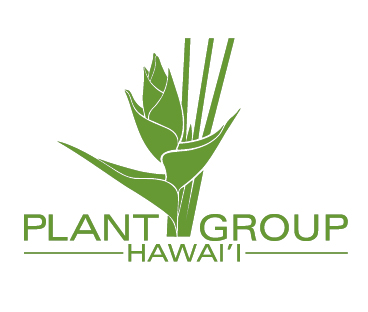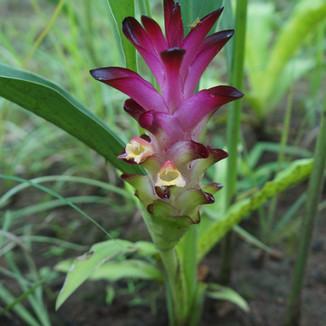The Search for Globba laeta in Thailand
- Colton Collins
- Oct 6, 2017
- 3 min read
In July of 1968 south of Mae Sariang in the Mae Hong Son Province of northern Thailand, Kai Larsen, Santisuk, T. and Warncke, E. collected a new plant during the Flora of Thailand Project, second expedition. Larsen later named the plant Globba laeta in the family Zingiberaceae. The plant was reported by Larsen to be growing near a seasonal creek in moist deciduous forest. The month of July marks the wet season in northern Thailand, a period in which the plant is flowering before dormancy. Larsen noted the plant in flower with white bracts and yellow flowers when he collected it.
Only three voucher specimens of Globba laeta were made by Larsen. Three isotypes are at Royal Botanic Garden Edinburgh Herbarium, Botanical Museum (Copenhagen), and Herbarium of the Muséum National d'Histoire Naturelle (Paris). Two additional preserved specimens were made; in 1989 by J.F. Maxwell at Harvard University Herbaria and 1998 by John Kress, Michael Bordelon, and Mark Collins at National Museum of Natural History, Smithsonian. Globba laeta, in subgenus Globba section Globba, is poorly understood and is closely related to G. sherwoodiana from border regions between Myanmar and Thailand. Globba laeta is suspected to occur in Myanmar but no collection or locality has been recorded.

The plants of Globba laeta are deciduous with stems up to two feet tall. Leaves are green and the inflorescence is terminal on leafy shoots. Inflorescence bracts are persistent and white with hints of soft pink. Flowers are yellow with a red marking on the labellum. Anthers have four appendages. The plants growth is clumping and flourish in partial shade.
This species is currently red listed by the International Union for Conservation of Nature (IUCN) as endangered. Restricted extent of occurrence, limited known localities, shifting agriculture practices in the region, and invasive species are causing a continuous decline in habitat quality and area of occupancy. Climate change may be affecting habitat quality but that has yet to be investigated. Globba laeta is grown ex situ in the University of Aarhus (Denmark) as well as in several private collections in Thailand, Hawaii, and possibly Louisiana and Washington, D.C. Although infrequent, G. laeta can be purchased under the cultivar name ‘Salawin White’. A rarer pink form ‘Salawin Pink’ was once available for purchase but the variety is no longer in cultivation. Globba laeta does not benefit from any legal protection in Thailand.
In mid-July 2017 Bee Collins of Plant Group Siam Mariposa and I set out to survey G. laeta at type locality, record new occurrences among surrounding areas within Thailand, and rediscover the pink form. With improved locality data we plan to generate a species distribution model that will project suitable habitat into Myanmar thus giving us a guide for future data collection and a better understating of the species ecological niche. Bee once collected both white and pink forms with Mark Collins. She’s familiar with the area and species. With her experience, locality data from type specimens, and ideal timing to find G. laeta in flower, we were confident in our search.

Searching the foothills of Dawna Range, west of Ban Kat, we did not find either form of G. laeta. The deciduous forest and type localities recorded by Larsen nearly 50 years ago have been cleared and converted to rice fields which are irrigated by Yuan River. A search of the nearest preserved forest, Salawin National Park, hence the names ‘Salawin White and Pink’, also resulted in no occurrences. We observed several flowering Globba spp. along nearby roadsides and degraded forest. These species were upright with yellow flowers, in subgenus Globba. Curcuma ecomanta, C. attenuate, Kaempferia rotunda, and K. roscoeana were also found growing in the area.
Coincidentally, the day we ended our expedition and returned to Chiang Mai, a photo of a flowering potted G. laeta was posted on an online ginger forum. The photo geotagged, Mae Sariang, the district we just searched. We contacted the individual who posted the photo, inquiring about the plant’s collection. He directed us to the person he purchased the plant from. We contacted the supplier who kindly shared the collection area, 25 miles downstream of the type locality along the Yuan River in Mae Ngao National Park of northern Tak. We were unable to make use of this information on this trip but we look forward to investigating the area and continuing our search next season.
Although Globba laeta is now known from a new occurrence, the clearing of its natural habitat at type locality and degradation of forests in northern Thailand necessitates a need for legal protection to ensure the survival of this and other threatened species in the region.













Comments